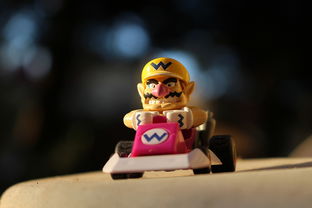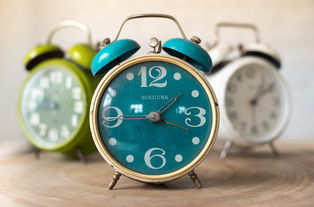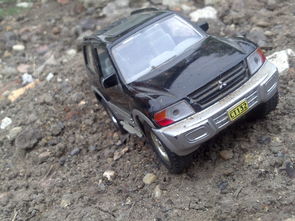1. Introductory remarks
In recent years, the importance of physical education in primary schools has increasingly been recognized. Not only does it contribute to the overall development of students, but it also lays the foundation for lifelong physical activity. This article will explore the current state of physical education in primary schools, as well as some of the challenges it faces and potential solutions to improve it.
2. The current state of physical education in primary schools
Physical education in primary schools has traditionally focused on basic physical skills and games. However, with the increasing emphasis on academic performance, many schools have cut back on physical education hours, resulting in students spending less time on physical activity. According to a recent survey, only 40% of primary schools in Vietnam provide enough physical education hours for students to develop their basic physical skills and fitness levels.

3. The challenges facing physical education
One of the main challenges facing physical education is the lack of qualified teachers. Many primary schools lack teachers with the necessary qualifications to teach physical education effectively. This results in students not receiving the proper guidance and training to develop their physical skills and fitness levels.
Another challenge is the lack of appropriate facilities and equipment. Many schools lack the necessary equipment and facilities to provide students with a safe and enjoyable environment for physical activity. This can limit the types of activities that students can participate in and affect their overall experience of physical education.
4. Potential solutions to improve physical education
One potential solution to improve physical education is to increase the number of qualified teachers. By providing training and qualifications to existing teachers or hiring teachers with the necessary skills, schools can ensure that students receive the proper guidance and training.
Another solution is to invest in school facilities and equipment. By providing students with a safe and enjoyable environment for physical activity, schools can encourage them to participate in more activities and improve their overall fitness levels.
5. Conclusion
In conclusion, physical education in primary schools is crucial for students' overall development. By addressing the challenges facing physical education and implementing potential solutions, schools can ensure that students receive the proper guidance and training to develop their physical skills and fitness levels. This will not only benefit students in the short term but also lay the foundation for lifelong physical activity and health.









